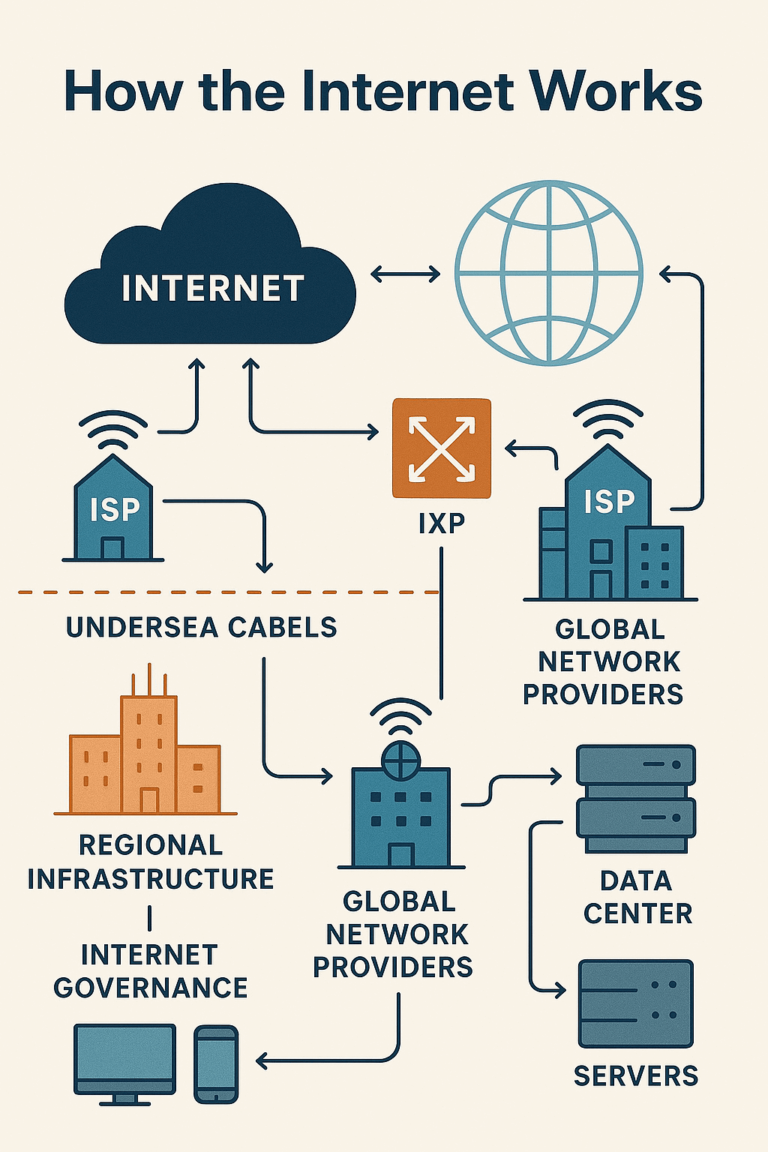The Art of Storytelling: Crafting Stories That Captivate, Inspire & Connect
Introduction
From cave drawings to Netflix series, storytelling has always been a powerful tool of human connection. It educates, entertains, and engages across cultures and time. Whether you’re a student, entrepreneur, writer, or content creator, understanding the art of storytelling can elevate your impact in any domain.
This detailed guide explores the principles, techniques, psychology, and practical applications of storytelling in more than just words — it’s a complete journey into the soul of human expression.
Chapter 1: Why Storytelling Matters
1.1 Storytelling is Hardwired in Us
Our brains are wired for stories. Studies show that narratives activate sensory and emotional areas, making us more likely to remember and relate to them than raw facts.
1.2 Stories Create Emotional Connection
Stories help people feel something. Emotions like joy, sorrow, surprise, or triumph make content unforgettable and impactful.
1.3 Storytelling Boosts Engagement
In a world full of noise, the best stories cut through the clutter. They make people stop scrolling, pay attention, and take action.
Chapter 2: The Core Elements of a Great Story
2.1 Characters
Your audience must care about someone. A strong character has:
- Motivation
- Flaws
- Growth
Whether it’s a hero, anti-hero, or underdog, relatable characters build deeper investment.
2.2 Conflict
Conflict is the engine of a story. Without a challenge or tension, there’s no reason to care. Conflict may be:
- Internal (self-doubt, fear)
- External (a villain, a challenge)
- Relational (misunderstandings, betrayal)
2.3 Plot
A structured sequence of events that builds momentum. The most common structure is the Three Act Model:
- Beginning: Setup & inciting incident
- Middle: Rising tension, climax
- End: Resolution or transformation
2.4 Setting
Where and when a story unfolds affects its mood, themes, and stakes.
2.5 Theme
The message beneath the story. Themes like love, justice, courage, or redemption make stories timeless.
Chapter 3: The Psychology Behind Storytelling
3.1 Mirror Neurons & Empathy
When we hear a good story, our brains mirror the storyteller’s experience. This creates empathy and emotional connection.
3.2 Dopamine, Oxytocin, & Cortisol
Stories trigger:
- Dopamine: Makes us feel rewarded
- Oxytocin: Builds trust and empathy
- Cortisol: Keeps us alert during tense moments
This chemical cocktail explains why we’re glued to well-told tales.
3.3 Identity & Self-Narrative
People interpret life through their own internal stories. Great storytelling taps into or reshapes those narratives.
Chapter 4: Types of Storytelling
4.1 Personal Storytelling
Your own experiences. Great for:
- Social media
- Speeches
- Branding
Tip: Be honest, vulnerable, and specific.
4.2 Business Storytelling
Used in marketing, branding, and leadership to:
- Build brand identity
- Inspire teams
- Win customer loyalty
4.3 Educational Storytelling
Teaching through stories makes concepts stick. Use metaphors, analogies, or real-life cases.
4.4 Fictional Storytelling
Traditional novels, short stories, or movies. Driven by imagination but grounded in emotional truth.
4.5 Visual Storytelling
Told through photos, infographics, videos, or design. Great for platforms like Instagram or YouTube.
Chapter 5: Storytelling Techniques That Work
5.1 The Hero’s Journey
Popularized by Joseph Campbell, this structure includes:
- Ordinary world
- Call to adventure
- Mentor
- Trials
- Transformation
- Return
It’s used in everything from Harry Potter to Star Wars.
5.2 Show, Don’t Tell
Instead of saying “She was angry,” describe clenched fists, red cheeks, a slammed door.
5.3 Build Suspense
Ask questions, delay revelations, or use cliffhangers to keep the reader hooked.
5.4 Use Vivid Language
Metaphors, sensory details, and dialogue bring a story to life.
5.5 The Rule of Three
Stories feel more complete when events happen in threes. Think: Three Little Pigs, Goldilocks, or classic jokes.
Chapter 6: Storytelling Across Platforms
6.1 Blogging & Articles
Start with a strong hook, use subheadings as narrative beats, and end with a takeaway.
6.2 Social Media
Keep it short but emotional. Instagram reels, LinkedIn posts, or threads should follow a micro-story format:
- Hook
- Struggle
- Breakthrough
- Lesson
6.3 Video & Film
Plan your shots like scenes. Use pacing, sound, and visuals to intensify emotion.
6.4 Podcasts
Use voice modulation, pauses, and sound effects. Narratives thrive in the theatre of the mind.
6.5 Websites & Branding
Your About Us page, product descriptions, and testimonials should all tell stories — not just list features.
Chapter 7: Mistakes to Avoid in Storytelling
7.1 Being Too Vague
Specificity makes your story real. Replace “bad day” with “I spilled coffee on my laptop five minutes before a client call.”
7.2 Overcomplicating the Plot
Keep it simple and clear. A confused audience will leave.
7.3 Forgetting the Audience
A story is not about what you want to say — it’s about what your audience needs to hear.
7.4 Not Having a Point
Always know why you’re telling the story. What’s the message or takeaway?
7.5 Being Inauthentic
People can sniff out fake emotion or forced drama. Be real.
Chapter 8: How to Become a Better Storyteller
8.1 Practice Daily
Tell a story in a journal, post, or to a friend every day. Like any skill, storytelling improves with repetition.
8.2 Read Widely
Novels, articles, poetry, memoirs — diverse reading expands your style and voice.
8.3 Listen Actively
Watch stand-up comedians, podcasts, TED Talks. Analyze how they build tension and deliver punchlines.
8.4 Get Feedback
Ask people what they liked or didn’t. Even silent reactions teach you something.
8.5 Attend Workshops
Join writing clubs, take courses, or attend storytelling nights to refine your craft.
Chapter 9: Inspiring Examples of Storytelling
9.1 Steve Jobs
His product launches were legendary because he told stories — of innovation, setbacks, and vision.
9.2 J.K. Rowling
Her world-building and character arcs in Harry Potter made millions fall in love with reading again.
9.3 Brandon Stanton (Humans of New York)
He told the everyday human story with rawness and heart — one photo at a time.
9.4 Nike’s Ads
They rarely talk about shoes. Instead, they tell stories of perseverance, dreams, and courage.
Conclusion: Everyone Has a Story Worth Sharing
The art of storytelling isn’t reserved for novelists or filmmakers. Whether you’re writing a blog post, crafting a business pitch, or talking to a friend — your story matters.
Learn the techniques. Practice the craft. And most importantly, tell your truth.
Because somewhere, someone needs to hear your story to feel less alone, more inspired, or simply human.
Enjoyed this storytelling guide? Bookmark it, share it, and start telling your story today.





One Comment